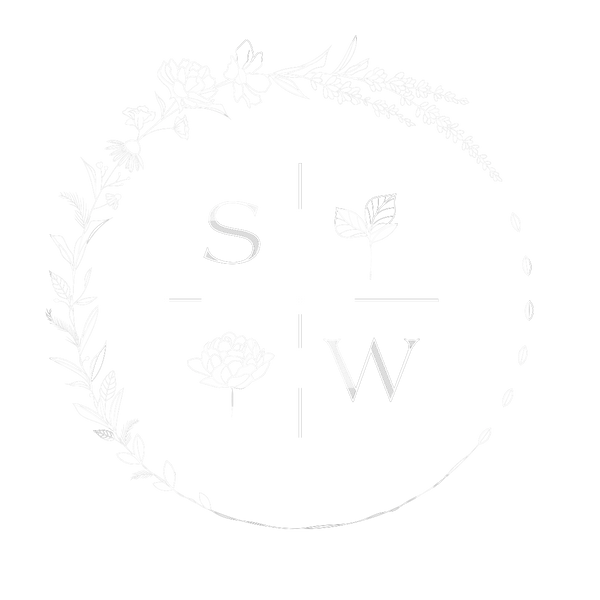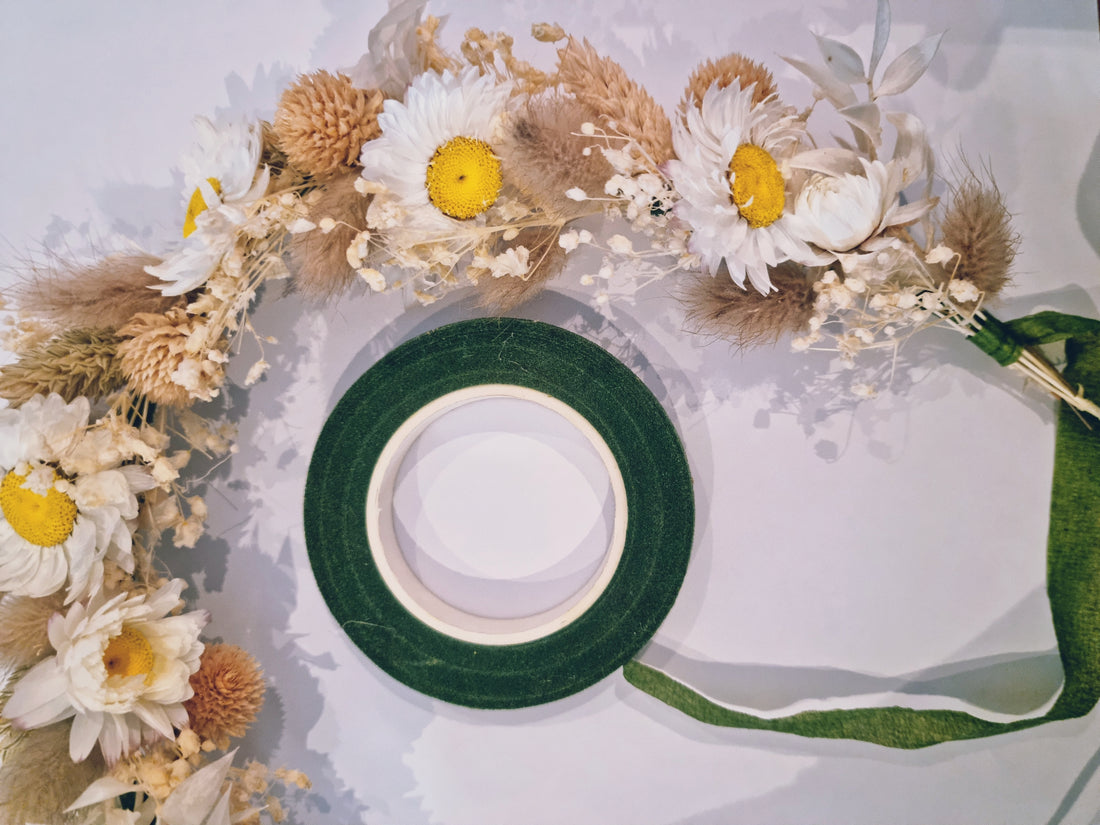Wonder & Wild - ‘Do it Yourself’
This week in Wonder & Wild I wanted to explore the idea of ‘Do it Yourself’, DIY flowers, with the perfect accompaniment of ‘how to care for your dried flowers’.
Previously we looked at ‘Flower Preservation’ through a chemical and glycerin process, preserving the beauty of a fresh flower and as mentioned this technic produces a more durable and soft end product.
Drying your own flowers is a simpler process of preserving the flowers and foliage for longer lasting arrangements, and the list of uses is endless. From dried floral bouquets, wreaths, hoops, decorations, wall installations and so on. The technic, as you will know from previous blogs, simply involves hanging stems, in their prime and well pruned, upside down in a cool, dark room. By hanging them upside down, the stems are more likely to be straight and maintain their form to aid arranging them. This also allows the air to circulate the stems, this with the coolness limits mildew and mold developing.
When it comes to drying flowers there are some that are more favorable to drying than others, but the beauty of drying flowers is experimenting and seeing what works. In my experience, most flowers and foliage can dry, the ones to avoid are those with higher water content. For example, tulips, anemones and flowers similar to this, with delicate petals, stems and leaves generally don’t dry very well, as they simply fall apart once the water has dried out.
Examples of flowers that dry well, and grow well in the UK are hydrangeas, roses, lavender, statice, helichrysums, bunny tails, and the list goes on. One particular foliage which dries beautifully is eucalyptus, and in my opinion, this is as beautiful dried as fresh. Then you also have your grasses, such as pampas, feather grass, grass reeds, there are so many so my tip to you is just start drying and see what you can achieve.
This is only one part of the DIY element, as we know there is an increase in DIY weddings, particularly in creating your own table centers and even making your very own accessories. Sown and Wild have a ‘DIY Floral Crown’ product available, which provides you with all your tools and dried flowers, and guides you to make your very own floral crown. Watch this space for more DIY florals coming soon to Sown and Wild.
The key in DIY weddings is to ensure you research into flower suppliers, the tools you need to create your perfect blooms and guides to making your arrangements, and of course, practice makes perfect so make sure you leave time to trial out designs and creations. Furthermore, and another way to save the pennies, is hiring equipment such as vases, creating less wastage and ensuring a more sustainable approach.
How you care for your dried flowers is the same for all, whether this is your DIY table centerpieces, or a wreath purchased from Sown and Wild, the key is taking a little time to ensure these tips are followed, so that they last for months and even years before they fade or fall apart.
Simply –
- Keep dried flowers out of direct sunlight to reduce the chance of fading,
- Keep away from heat, humidity and water to avoid mold or mildew,
- Dust dried flowers as needed, either with a feather duster or use your hair drier on a cool, slow setting.
- When not in use, store dried flowers in a box, in a cool dry place.
For more tips or advice, whether your looking to dry your own, or achieve a DIY wedding, don’t hesitate to email, hello@sownandwild.co.uk, and most importantly, enjoy the process and share your creations with us.

